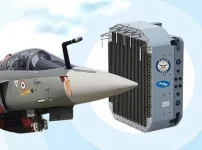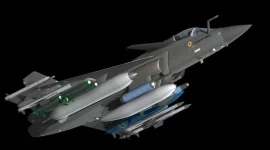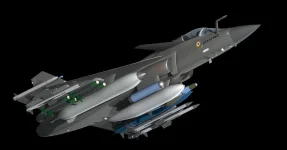- Views: 6K
- Replies: 62

India's pursuit of self-reliance in defence technology is gaining momentum with the Tejas Mk2 fighter jet program. Prabhulla Chandran VK, director of avionics and weapons systems at the Aeronautical Development Agency (ADA), has revealed that the Tejas Mk2 is projected to achieve an impressive 90% indigenous content by the time it enters production in 2031.
This ambitious goal will be achieved in stages. The first Tejas Mk2 prototype, slated to take flight in 2026, will already feature over 70% indigenous components. This marks a significant leap forward from its predecessor, the Tejas Mk1A, which is expected to reach 70% indigenous content within the next four years.
While delays in defence programs are often met with frustration, the extra time taken for the Tejas Mk2 has allowed engineers to prioritize the development of indigenous components. This strategic decision ensures greater control over the aircraft's production, maintenance, and future upgrades, bolstering India's strategic autonomy in defence.
The Tejas Mk2 will showcase cutting-edge Indian technology, with its advanced radar systems, weapons, and other critical functionalities being predominantly developed within the country. While some components, such as the ejection seat and a few sensors, may still be sourced from abroad, India is actively working towards achieving a near-complete domestic supply chain for the Mk2.
This commitment to indigenous development aligns with the Indian Air Force's (IAF) vision for self-reliance. The IAF has been a strong advocate for higher indigenous content in fighter jets, and the Tejas Mk2 reflects this ambition. This approach not only strengthens India's defence capabilities but also contributes to the growth of a robust domestic defence industry.





